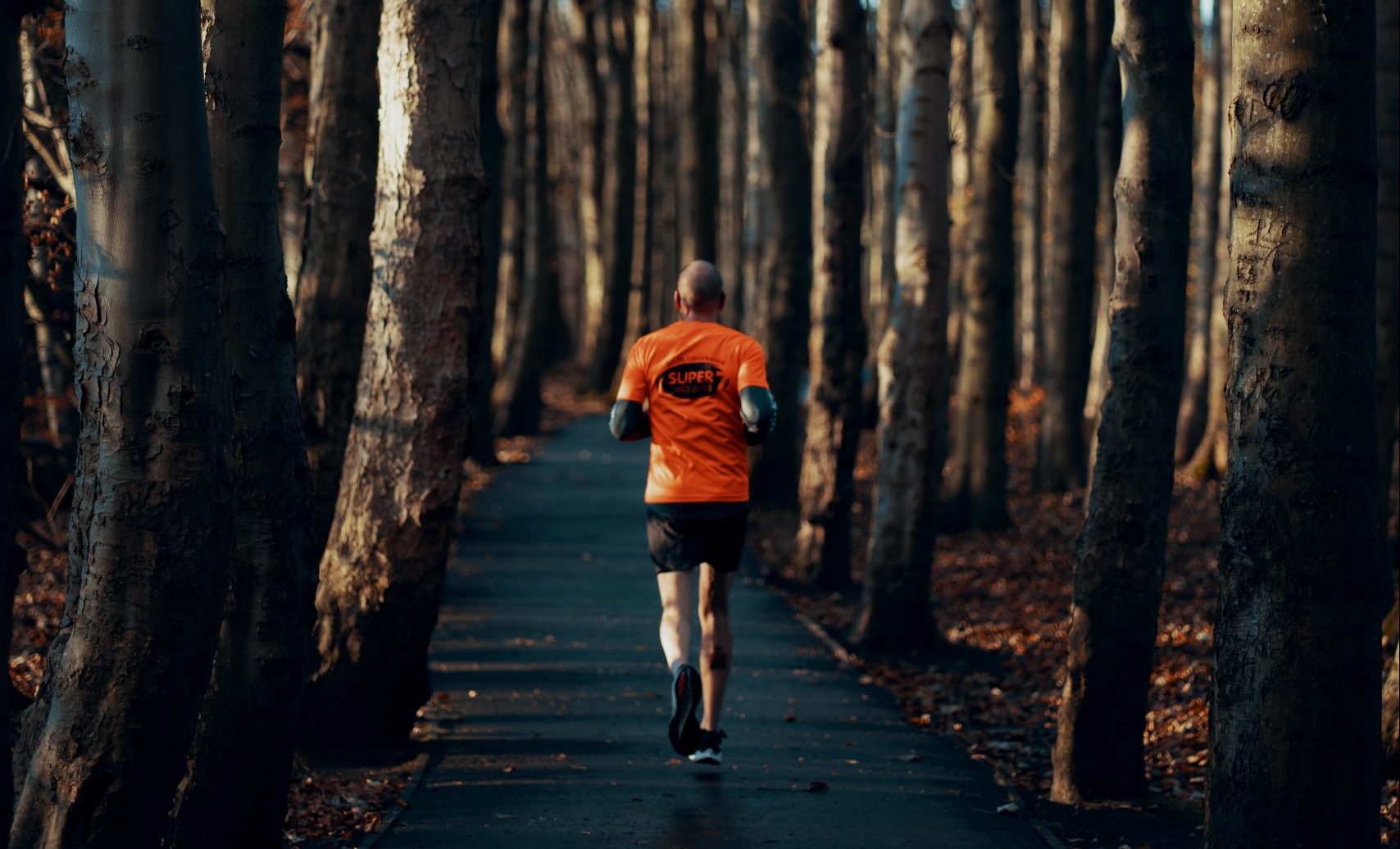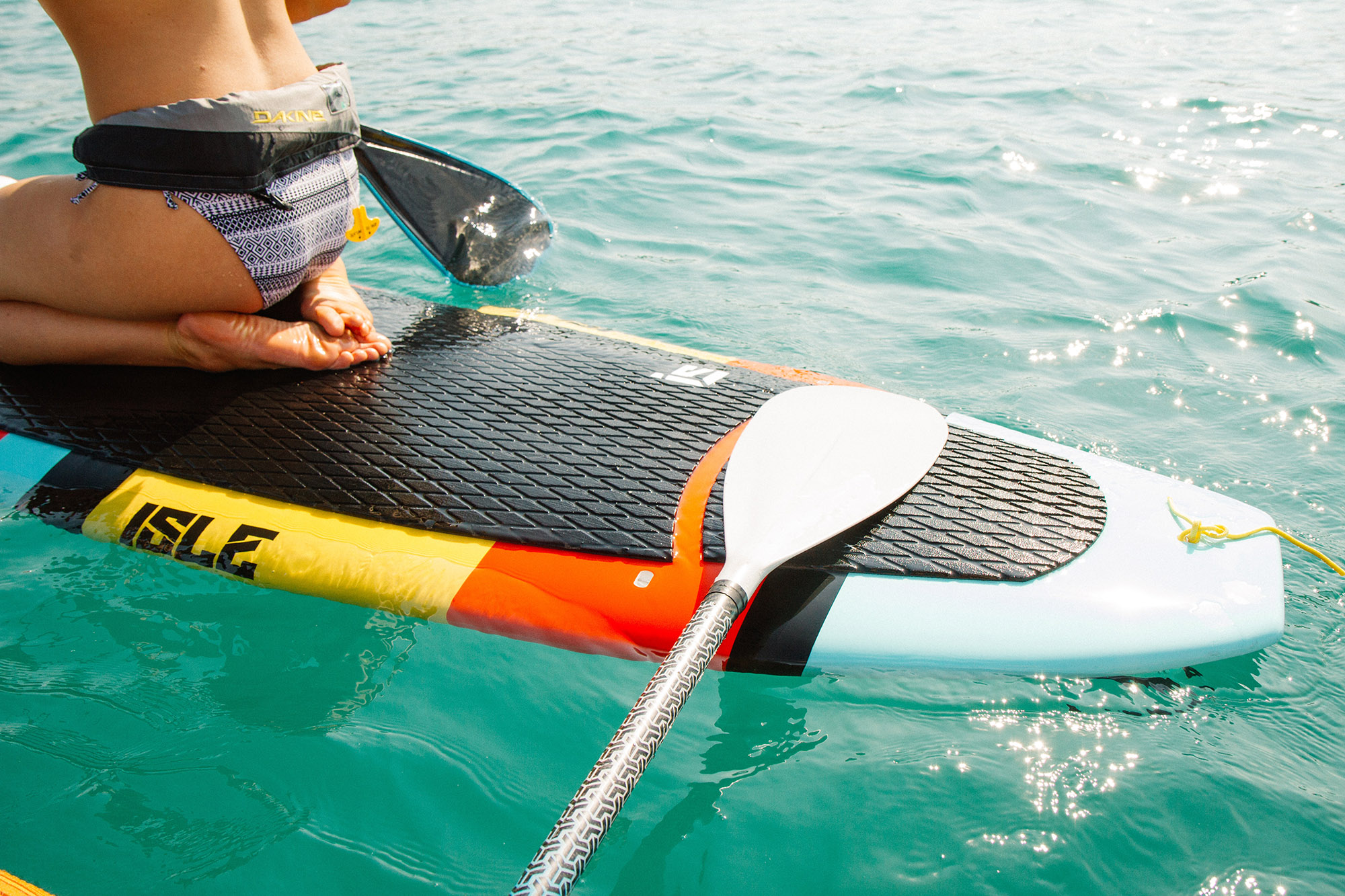
Transitioning into winter training
With the weather getting cooler, it is important to keep in mind how you transition into winter training. Exercising in the cold has various benefits, including burning more calories, more intense cardiovascular workout, and improved energy levels.
However, there are a few important factors to keep in mind when exercising in colder temperatures and how this affects your risk of injury and performance.
-
Warm up
Sudden vigorous exercise could increase the risk of injury. This risk is further increased in cold temperatures. With the cooler temperature, it is natural for the body to be colder and take longer to warm up. It is important to take your time to warm up for longer. You can use slow increments of intensity to warm up at a more steady pace. Some examples include increase runing speed by 2kph every 1-2mins or increasing weight used by 1-2kg working your way up to a working set.
-
Stay warm
A longer bout of warm up to help you get up to speed ready for exercise is important, but staying warm throughout the period of exercise is also important. Because of the cooler temperatures, our body temperature will tend to fluctuate easily throughout exercise. To accommodate with this, it is suggested to dress in layers. Remove layers as you start to sweat, then put on layers when you start to cool down. It is best to avoid cotton as a base layer as it will stay wet and stick against the body causing you to cool down quickly. Sweat wicking material as a base layer is recommended. Be careful of taking too much rest, as your body will also cool down from lack of movement. Protecting your hands, feet and ears will also help with maintaining body temperature.
-
Know the symptoms of hypothermia
Hypothermia is when the body temperature drops excessively low (~35oC). It is a common occurrence when there is prolonged exposure in cold weathers. This can lead to the body functioning poorly and eventually ceasing to function at all. Some situations this could happen is during an outdoor run early in the morning or late afternoon as temperatures start to drop, outdoor gym setting, or heavily airconditioned gyms.
Some symptoms of hypothermia include:
- Intense shivering
- Slurring of speech
- Shallow breathing
- Loss of coordination
- Excessive fatigue/Loss of energy
If you experience any of these symptoms, Seek medical help as soon as possible.
-
Stay hydrated
Chances of dehydration is actually increased in the colder months. The body’s thirst response may reduce up to 40% during cooler temperatures, even if you are already dehydrated. You will generally feel less thirsty, but it is still important to maintain hydration during exercise in the cold. A good way to keep hydrated is to keep a bottle of water beside you while you exercise. Take small sips of water throughout the workout even if you don’t feel like you are thirsty. Be careful though as symptoms are more difficult to notice.
Some dehydration symptoms include:
- Increased thirst
- Fatigue/drowsiness
- Dizziness/nauseous
- Lack of sweat despite increased exercise
- Infrequent or dark coloured urine
-
Cool down
Take your time to cool down after exercise. Just like a warm up, it is important to allow the body to slowly return back to resting conditions. Let the body ease out of exercise rather than a sudden stop. It has been suggested that having sufficient warm down will help with muscle soreness after exercise. Although there is not definitive evidence to back this up, a good cool down poses little to no risk to the body. Once you have sufficiently cooled down, remember to put the layers of clothing back on to keep your body temperature warm!
Keep Moving This Winter With Pivotal Motion
If you are having any issues with performing or maintaining exercise during cooler temperatures, get in touch with Pivotal Motion’s physiotherapist Brisbane team today. Our team of Exercise Physiologists will be able to discuss with you in more depth on how to manage your exercise. Book online or call us on 3352 5116.







